Syn.: Crambe litwinowii K. Gross
Family: Brassicaceae Burnett

Distribution: Pannonian region of central Europe and eastern Europe, western Asia – from southern Moravia through Ciscaucasia and Turkey to southwestern Siberia.
Ecology: It grows on dry, sunny slopes and steppes. It blooms from May to June. Anemochorous plant – it is cut off at the base by wind and then the whole plant is dispersed like the steppe runners by wind.
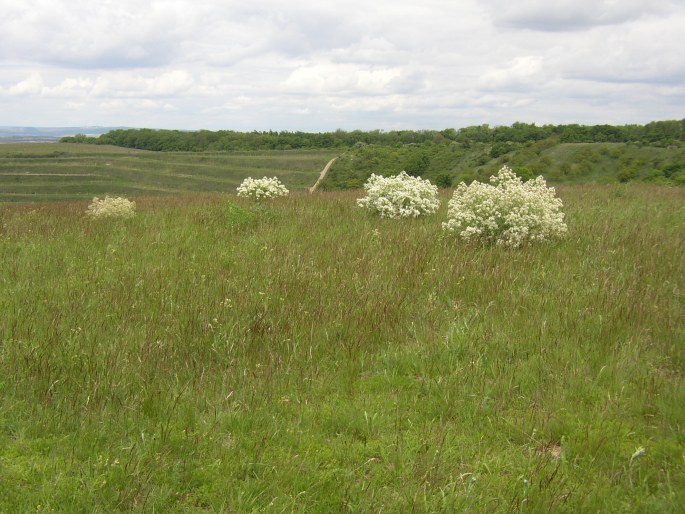
Description: Perennial herb, up to 150 cm tall, subglabrous to densely hispid. Lower leaves petiolate, pinnatifid to pinnatisect, gray-green, the ultimate divisions obtuse, primary segments ovate to triangular in outline. Flowers in a panicle, small, fragrant, petals (3–)3.5–6 mm, white. Fruit is a silicula.
Threat and protection: The species is protected by law in Czechia, Slovakia, Hungary, Serbia and Romania.
Use: The leaves are eaten as a vegetable, the root has a taste similar to horseradish.
Note: The genus Crambe contains about 35 species which are found in Africa, Asia, and Europe.
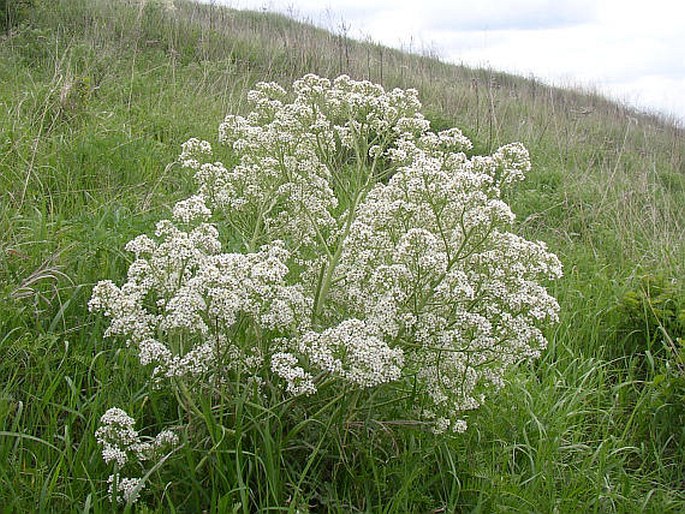
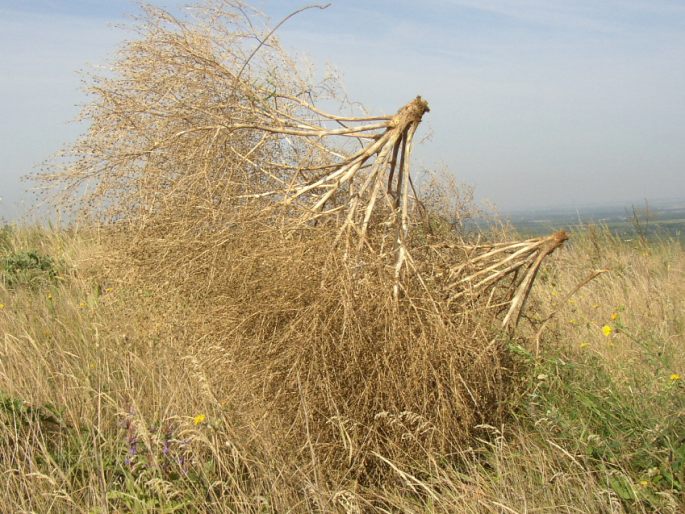
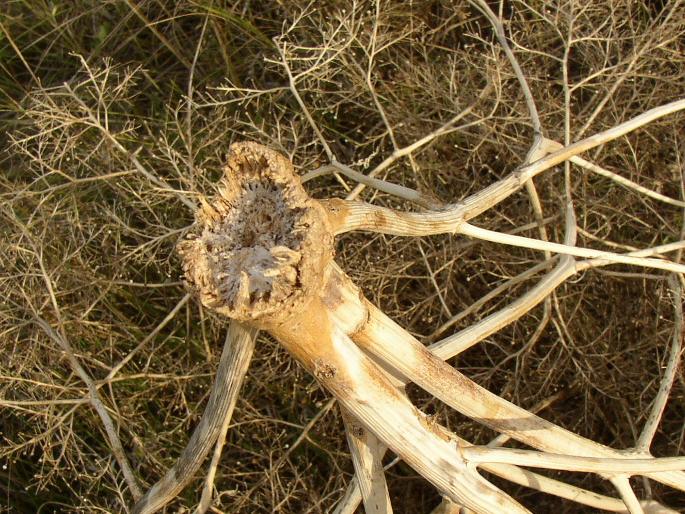
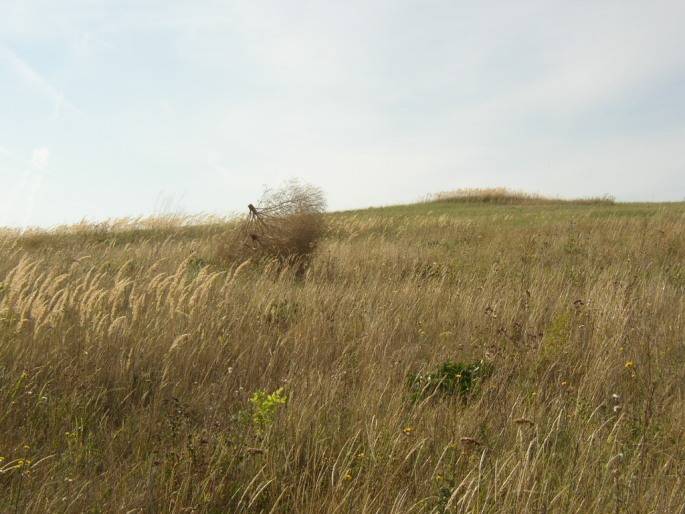
These images were taken in Czechia, Moravia, Čejkovické Špidláky and Pouzdřanská step (from 11. 5. to 9. 8. 2003).


